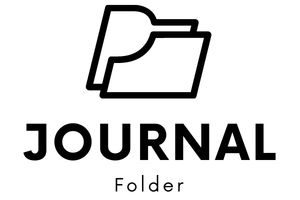In the vast landscape of programming languages, Lush 3 stands out as a versatile and efficient tool for the mathematics enthusiast and data scientist alike. Referred to as “a matrix-oriented programming language,” Lush 3 is designed to deal with numerical computation at scale. Whether you are a seasoned coder or a budding machine learning engineer, understanding Lush 3 and its applications can significantly enrich your programming repertoire. This post will explore the key attributes of Lush 3, offer insights into its most effective uses, and elucidate how it can improve your approach to numerical problem-solving.
Understanding Lush 3: The Matrix Perspective
Lush 3 is based on Lisp, one of the oldest programming languages, and inherits its rich history of list manipulation and symbolic computation. However, what sets Lush 3 apart is its focus on numerical processing, particularly through its powerful handling of matrices. Matrices are fundamental in machine learning, image processing, and many other domains; thus, a language that prioritizes their manipulation is indispensable in these fields.
One of the main advantages of Lush 3 is its ability to efficiently perform operations on large datasets, which is crucial when working with machine learning algorithms and other AI applications. Its syntax, though not as widely accessible as some other languages, is straightforward and can be quickly understood by anyone with a basic understanding of numerical programming.
Application in Machine Learning and Beyond
Lush 3 is a favorite among the machine learning community for its robustness and performance in handling complex mathematical computations. In areas such as deep learning, where operations on multi-dimensional arrays are routine, Lush 3 shines through its optimized execution of matrix-based calculations.
Beyond machine learning, Lush 3 has applications in various fields. Computational biology benefits from its swift processing of vast genomic datasets. Astronomy and physics use Lush 3 to model complex systems and analyze the resulting data. Even in more everyday scenarios, like image compression and digital signal processing, Lush 3 proves its mettle by providing efficient solutions to intricate numerical problems.
Advantages of Lush 3 for Newcomers and Pros Alike
The learning curve associated with Lush 3 can be intimidating, particularly for beginners. However, the language compensates for this by providing a robust environment that encourages efficient, clean coding practices. Its extensive set of libraries further cements its status as a must-have tool for anyone working with numerical data.
For experienced developers, Lush 3 represents a shift towards a language that values computation over syntax. This paradigm allows for a more direct approach to expressing algorithms and problem-solving. Additionally, Lush 3’s ability to interact with C and Python code means that it can be seamlessly integrated into existing workflows, enhancing the capabilities of wider software systems.
A Future with Lush 3: Innovating Numerical Computation
The future looks bright for Lush 3 as we venture deeper into the realms of AI, data science, and high-performance computing. As these fields continue to grow, the optimization Lush 3 provides in numerical processing will only become more valuable. Its community, though small, is fiercely dedicated, continually contributing to the language’s evolution and supporting its users.
For those aspiring to excel in domains that heavily rely on numerical computation, Lush 3 presents a unique opportunity to deepen their understanding and streamline their work. The language may not be the most widely known or used, but for those who take the leap, the rewards are numerous and, in many cases, groundbreaking. Welcome to the world of numerical computation with Lush 3 – where your data is not just processed, but optimized to its fullest potential.
